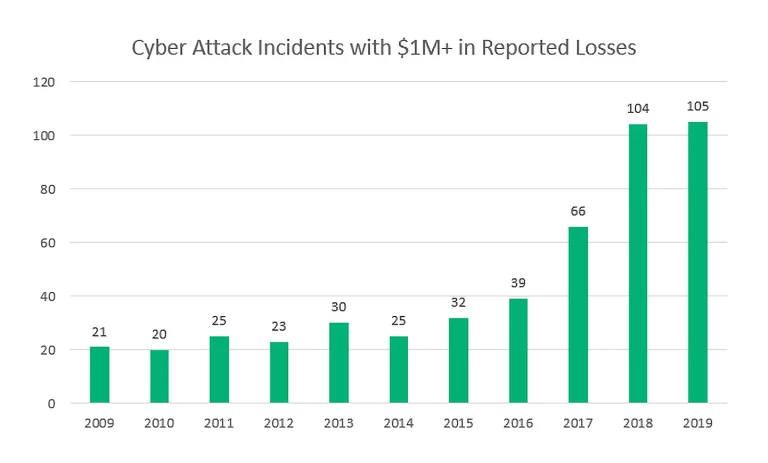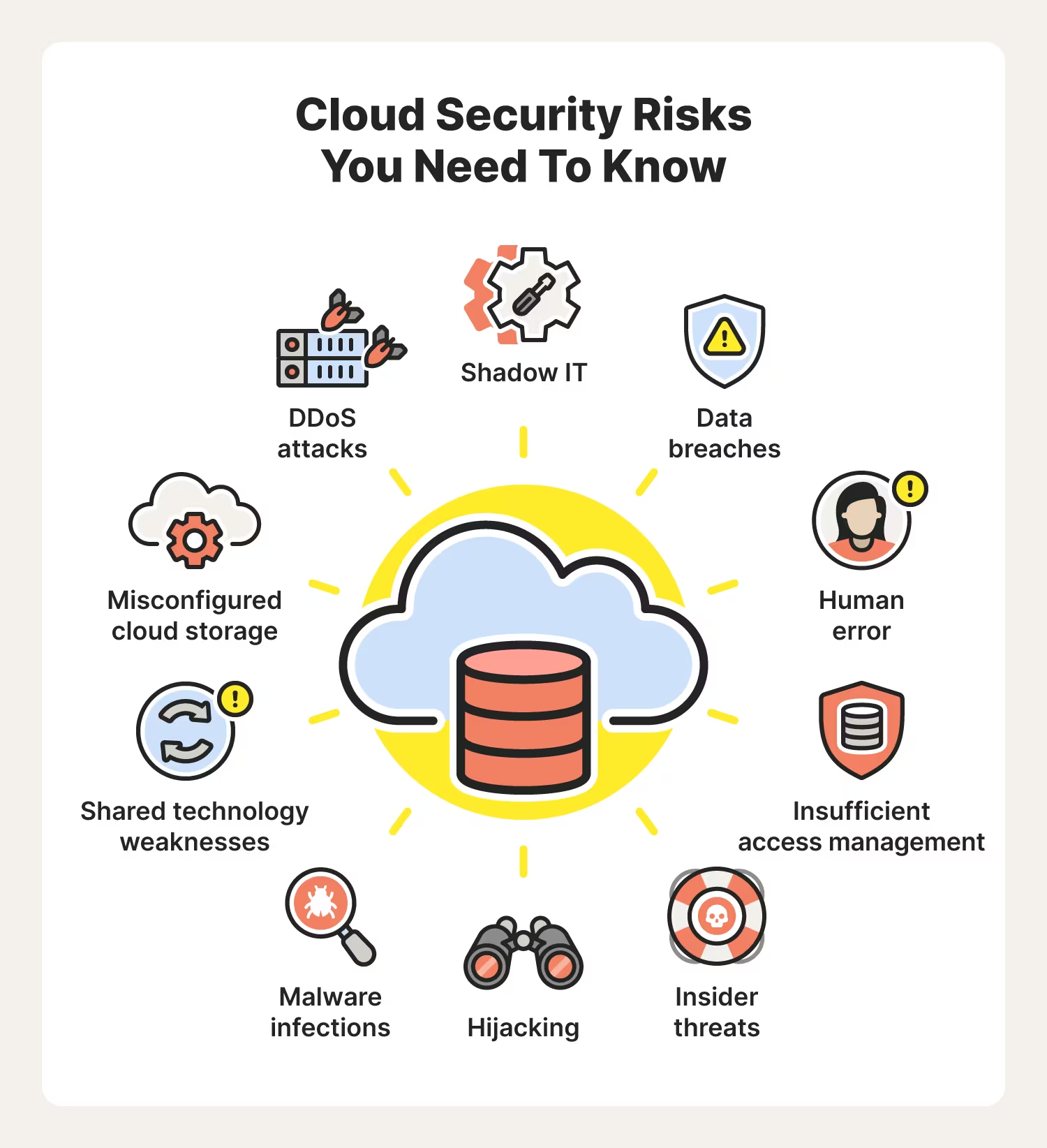The Pros and Cons of Building Your Own IT Architecture
The decision to build your own IT architecture is a difficult decision to make. There are several important benefits that come from creating this architecture yourself; however, committing to this will entail some costs and potential risks as well. There’s no getting around the fact that using ready-made IT architecture can be a more stress-free experience for many organizations. Let’s take a closer look at the pros and cons of building your own cybersecurity architecture.
Control
One of the primary benefits of having in-house tools is increased control. If you build software in-house, you can mold it to meet your organization’s specific requirements. However, this also means that you will always be reliant on the developers building this architecture.
A common and unsettling experience for enterprises is to be saddled with unusable code bases created by developers who no longer work at the company. This just adds to the ongoing maintenance cost of hiring new developers to rebuild the codebase from scratch.
We recommend that if the requirement fit of commercial software is 60% or more, then you should opt to buy rather than build. It’s true that this won’t give you full control over the product roadmap, but you should keep in mind that many vendors will work closely with you when they’re designing or improving their products.
Cost
Organizations will always want to choose the most cost-effective and efficient solutions for their business. If you’re building your own IT architecture, you might feel empowered by the ability to decide how much to spend on development. However, as many business owners and IT leaders will tell you, IT projects have a tendency to take longer than expected and to cost far more than estimated.
You may end up paying for more than just the cost of the initial build, support, bug fixes, upgrades, and staying up to date with market trends. As Gallup reports, one in six IT projects have an average cost overrun of 200% and a schedule overrun of nearly 70%.
Now, it’s true that if you buy IT architecture it can have a high upfront cost or a substantial subscription fee. Nevertheless, you at least know what the full expense will be, and for a product that will be ready to use immediately, with a much lower risk of any major problems occurring. For many Chief Information Officers (CIOs), this fixed cost definitely outweighs the unpredictability that comes with building IT architecture in-house.
Connectivity
Every organization will have its own set of applications that need to be compatible with systems outside the company, such as marketing destinations. One advantage of building your own IT architecture is that this can help ensure you make these necessary connections, provided your IT team is able to carry out the extensive process of linking together multiple, smaller solutions.
It’s likely, however, that a more advanced and comprehensive solution is already available on the market. Moreover, some commercial software solutions can act as an extension of your existing architecture, rather than entirely replace the ecosystem your IT team has spent so much time and effort building.
Maintenance
When you build your own IT architecture, you don’t have to rely on any third parties to develop new features or roll out upgrades. The problem lies in the fact that most internal IT teams don’t have the same availability or expertise as an external team when handling the complex IT ecosystems that global companies typically have.
An experienced external team that is knowledgeable about best practices and the latest market insights will be well-equipped to handle maintenance, multi-tenancy, and data compliance for enterprise-scale software.
The Bottom Line
It’s completely normal to be on the fence when deciding to build or buy. Traditionally, companies have preferred to build custom applications in-house, based on concerns that a third-party solution won’t meet their specific needs or be able to connect with existing systems.
While an organization’s IT team should be able to build tailored software, this process can be expensive and usually an unnecessary distraction from more meaningful and higher priority work. Furthermore, IT teams are already struggling to upgrade their architecture, integrate new technologies, and capture user data from sources while at the same time trying to keep up with digital innovations and the growing expectation to provide personalized customer experiences.
You need to take into account the workload your IT team already has. The IT skills gap means that many companies are struggling with staff shortages, overburdening workloads, and higher rates of work-related stress and burnout, so adding in the huge task of building IT architecture may simply overwhelm an IT team that is already struggling to carry out essential duties. If this situation applies to your organization, then it would make sense to outsource the building of your IT architecture. Also, outsourcing makes sense for smaller businesses looking to grow without making massive investments in maintaining servers or building our infrastructure.
On a final note, you should be aware that buying software does not mean you have to give up control. You can begin with the more cost-effective approach of outsourcing and then grow into ownership.
Cyberlocke is a comprehensive, full-service IT services provider that architects and implements efficient and secure solutions for enterprise customers and their data centers. We specialize in security, cloud, managed services, and infrastructure consulting. Contact Us today to learn more.


